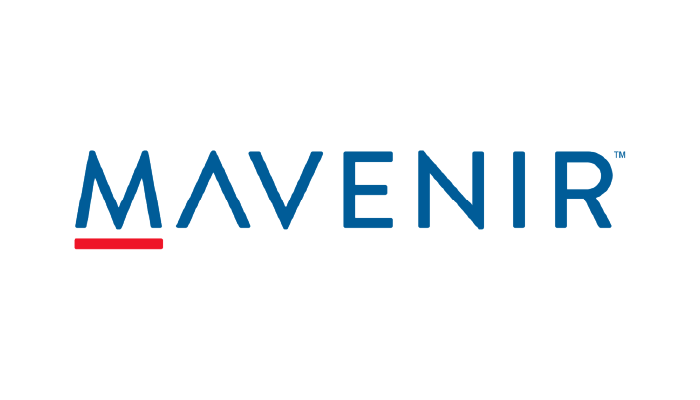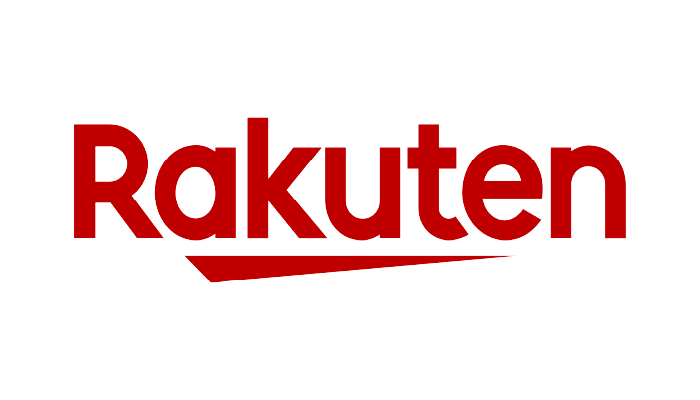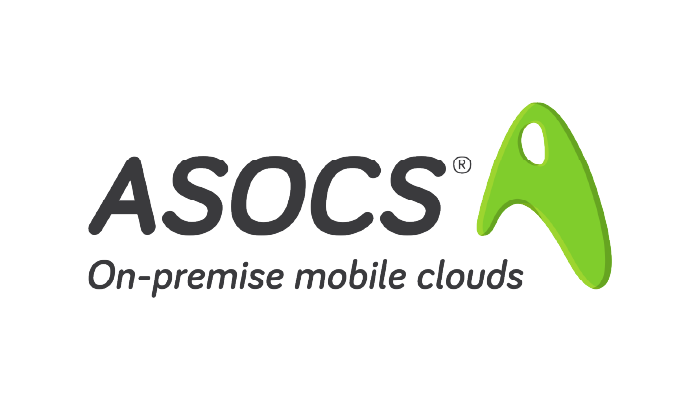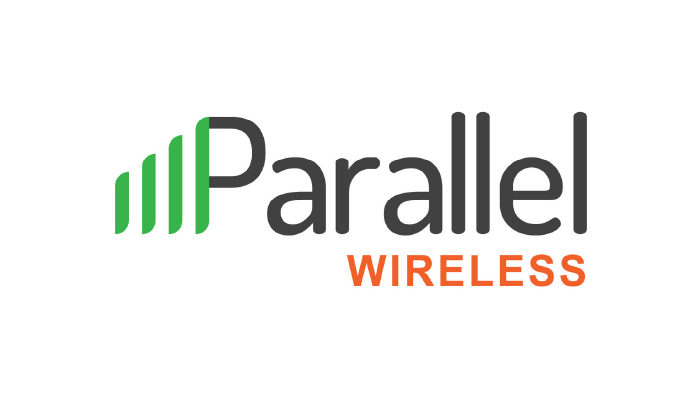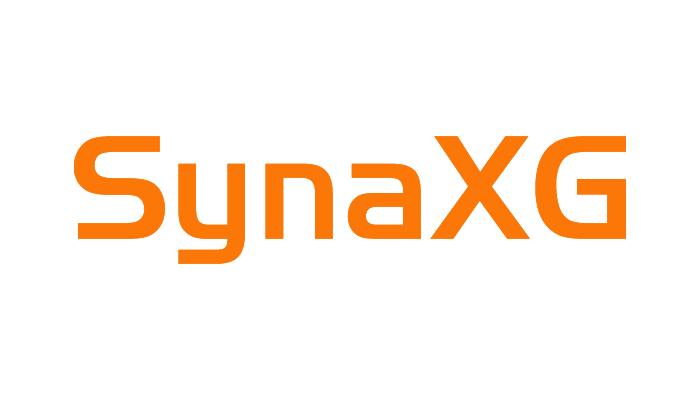Seamless Open RAN 5G Service
Global adoption of Open RAN (O-RAN) architectures enables faster service delivery, increases network flexibility, and lowers infrastructure costs.

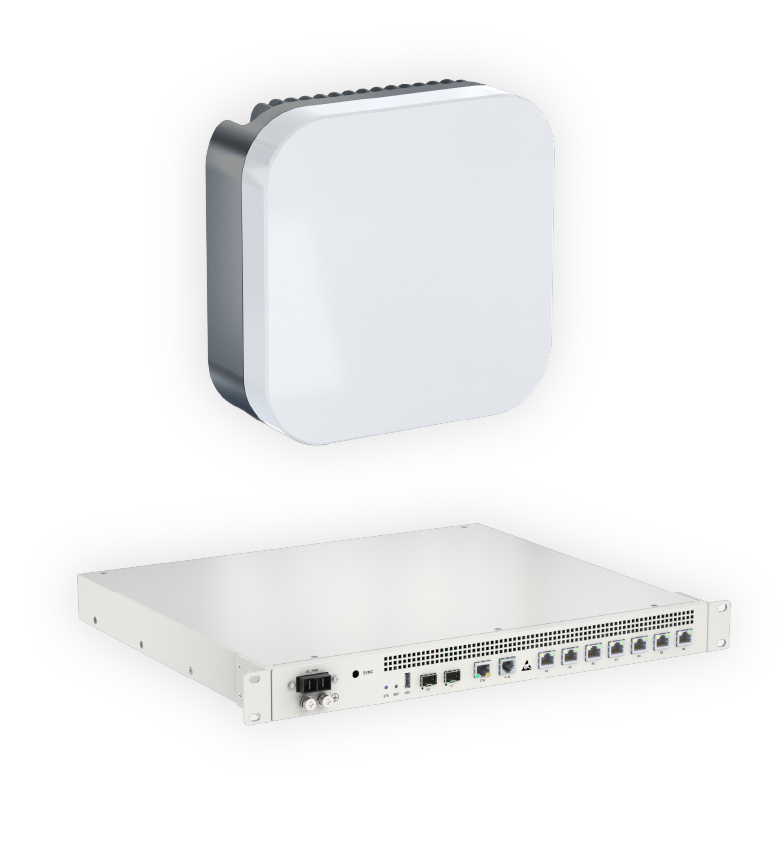
The move away from proprietary vendor infrastructure allows network operators to unlock the true promise of 5G and the IoT. As more operators deploy O-RAN networks, how will you leverage this technology to deliver in-building connectivity?
What is Open RAN?
At its core, Open RAN seeks to revolutionize the traditional RAN architecture by introducing standardization and interoperability among different vendors’ equipment. Unlike conventional RAN, which often locks operators into using hardware and software from a single supplier, Open RAN allows for a mix-and-match approach. This means network operators can choose components from different suppliers, enabling a more competitive and diverse marketplace.
How Does Open RAN Work?
It typically involves three main components: the Radio Unit (RU), the Distributed Unit (DU), and the Centralized Unit (CU). The RU, serving as a primary O-RAN signal source, is responsible for transmitting and receiving radio signals. The DU processes these signals, and the CU handles higher-layer protocols and software.
One of the key features of Open RAN is the use of open interfaces between these components, such as the O-RAN Alliance’s specifications for the E2, A1, and O1 interfaces. These open interfaces, supported by O-RAN signal source compatibility, allow components from different vendors to communicate seamlessly, enabling a more flexible and customizable network setup.
Moreover, Open RAN integrates advanced technologies like Artificial Intelligence (AI) and Machine Learning (ML) to optimize network performance and efficiency. By analyzing large amounts of data in real-time, AI and ML can make proactive adjustments to network operations, enhancing the user experience and reducing operational costs.
Benefits of Open RAN
A member of the O-RAN ALLIANCE, SOLiD manufactures O-RAN-compliant solutions enabling the latest open networking advancements in private and public 5G and 4G networks. SOLiD also offers neutral host, best-in-class DAS solutions that utilize O-RAN signal sources to seamlessly work with 5G Open RAN technology, with scalability to meet every need.
The adoption of Open RAN technology offers several compelling advantages for network operators, consumers, and the broader telecom ecosystem:
Cost Efficiency
By breaking the vendor lock-in and fostering a competitive ecosystem, Open RAN can significantly reduce the cost of network deployment and maintenance.
Innovation and Flexibility
Open interfaces and virtualized network elements enable rapid innovation and customization, allowing operators to swiftly adapt to changing market demands and technological advancements.
Enhanced Competition
The Open RAN approach levels the playing field for new entrants and smaller vendors, stimulating competition and driving innovation in the telecom industry.
Scalability and Agility
Virtualized and cloud-based RAN components can be scaled up or down easily, providing the agility needed to manage varying traffic loads and deploy new services quickly.
Improved Network Performance
With AI and ML capabilities, Open RAN can optimize network management and performance, offering a better quality of service and user experience.
Open radio access network (O-RAN) architecture enables multi-vendor hardware and software to seamlessly and securely interconnect via standardized mobile network equipment.
Closed Network
Traditional, proprietary network systems created vendor lock-in resulting in high costs and poor flexibility
Open RAN
Open RAN technology allows flexible, scalable, cost-effective networks, expanding the open ecosystem with best-of-breed solutions
Deploy Private 5G NR & 4G LTE Networks
The 5G promise of lower latency, higher data speeds, and greater reliability makes this technology ideal for many enterprise and industrial networking applications, including IoT connectivity, automation, predictive maintenance, and smart logistics. With a private 5G network deployed in-building or throughout your campus, Industry 4.0 and Industrial IoT (IIoT) use cases are even more robust and reliable than public 5G with the benefit of efficient, manageable, and secure edge connectivity.
To improve private 5G network service agility, scalability, and efficiency, SOLiD O-RAN technology enables simple and economical use of the Citizens Broadband Radio Service (CBRS) spectrum. The SOLiD CBRS O-RAN Radio Unit (O-RU) complies with O-RAN ALLIANCE fronthaul specifications, supporting 4G LTE and 5G New Radio (NR) in standalone (SA) or non-standalone (NSA) architecture.
The SOLiD Fronthaul Multiplexer (MUX) technology distributes and aggregates signals between the SOLiD CBRS O-RU and virtual or physical baseband products. The SOLiD Fronthaul MUX solution reduces backhaul bandwidth requirements by amassing all of the uplink traffic, thereby eliminating the need for dedicated bandwidth for each remote unit.
SOLiD Open RAN architectures offer proven interoperability with multi-vendor virtual or physical CU/DU baseband products, including solutions from ASOCS, Mavenir, and Parallel Wireless.


Stay One Step Ahead
Mobile networks constantly evolve, and SOLiD’s neutral host technology keeps pace. Our next-generation Open RAN technologies provide a logical stepping stone to future architectures, such as those that work with RAN sharing models like multi-operator RAN (MORAN) or multi-operator core network (MOCN) architecture. With these sharing models, multiple mobile network operators can share RAN equipment and/or CBRS spectrum allocations to achieve maximum cost efficiency.
Trust SOLiD to deliver the latest technologies for always-on, everywhere, in-building connectivity for both public and private networks, enabling more efficient, scalable, and reliable connectivity for lower total system costs.
